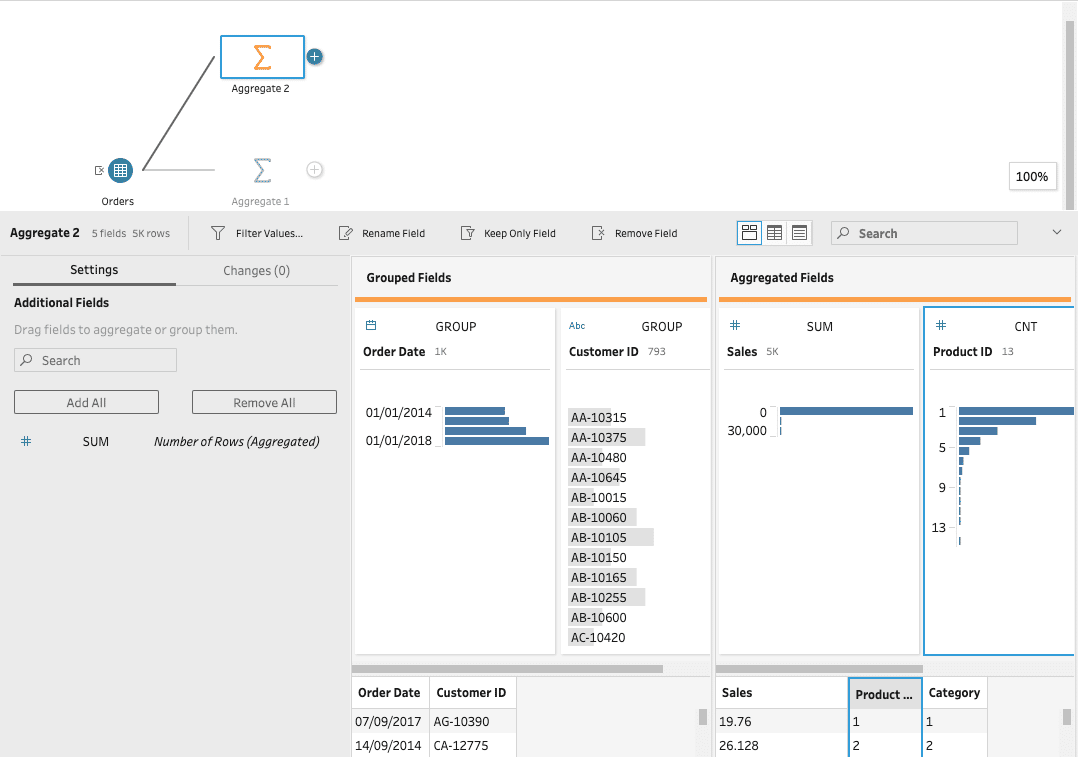
- TABLEAU PREP UNION MULTIPLE DATA SOURCES HOW TO
- TABLEAU PREP UNION MULTIPLE DATA SOURCES FULL
- TABLEAU PREP UNION MULTIPLE DATA SOURCES PLUS
Join conditionsĪ join condition is a field or fields that can be found in each table and used to link the records of those tables together. Learn more about join operators in the BigQuery documentation. Cross join - Returns every possible combination of rows from the left and right tables.
TABLEAU PREP UNION MULTIPLE DATA SOURCES FULL
Full outer join - Returns all matching rows from the left tables or the right table.
TABLEAU PREP UNION MULTIPLE DATA SOURCES PLUS
TABLEAU PREP UNION MULTIPLE DATA SOURCES HOW TO
A join configuration consists of an operator, which defines how to combine matching and non-matching records from those tables, and a condition, which is a set of fields that defines how the tables are related to each other.įor example, in the following screenshot, the Grades table joins to the Students table on the student_id field, and to the Classes table on the class_id field. Join configurationĪ join configuration links pairs of tables in a blend. įields used in join conditions are shown with a link icon. To add data to a table, open the Available Fields list by clicking. Each table contains a set of fields extracted from the underlying data source. When you edit or create a blend, you'll see its tables displayed in the UI. Instead, you use the blend editor to configure the join, as shown in the following screenshot:īlends are made up of tables. In Looker Studio, you can blend data without writing code. Instead, these settings are inherited from the underlying data sources.ĭatabase programmers use SQL join statements to blend data from different tables. Blends have no data freshness or credentials settings of their own.See the advanced concepts article for more information. Metrics in the underlying data source become unaggregated numeric dimensions in the blend.However, if you copy the report, the blends are copied into the new report so your charts will continue to work on the blended data. You can't make a blend reusable across reports.

Blends are always embedded into the report in which they are created.Blends get their information from multiple data sources.

However, blends differ from data sources in some important ways:

Blends are similar to data sources, in that they provide data for charts and controls in your report. To get the most from this article, you should be familiar with:ĭifferences between blends and data sourcesīlending data creates a resource known as a blend.


 0 kommentar(er)
0 kommentar(er)
